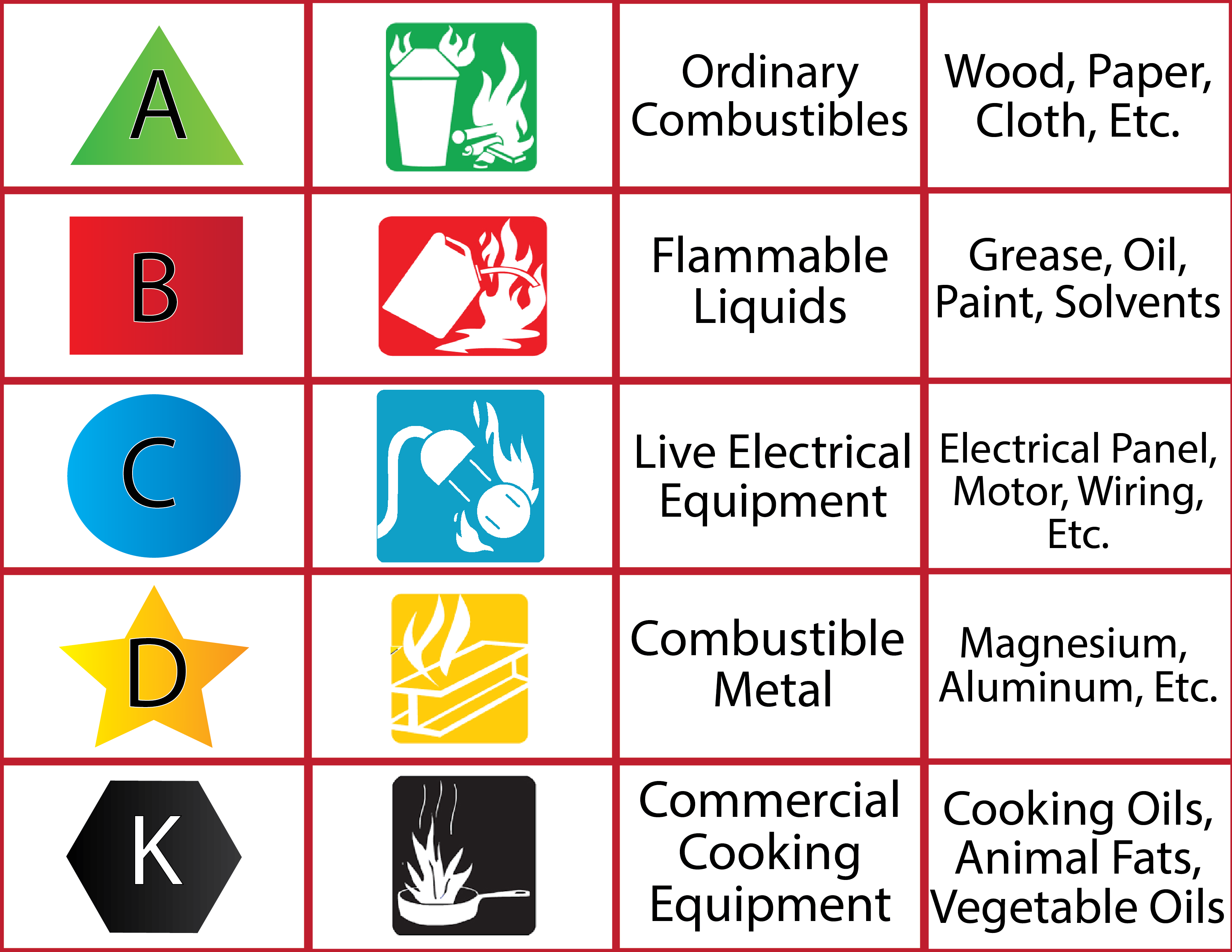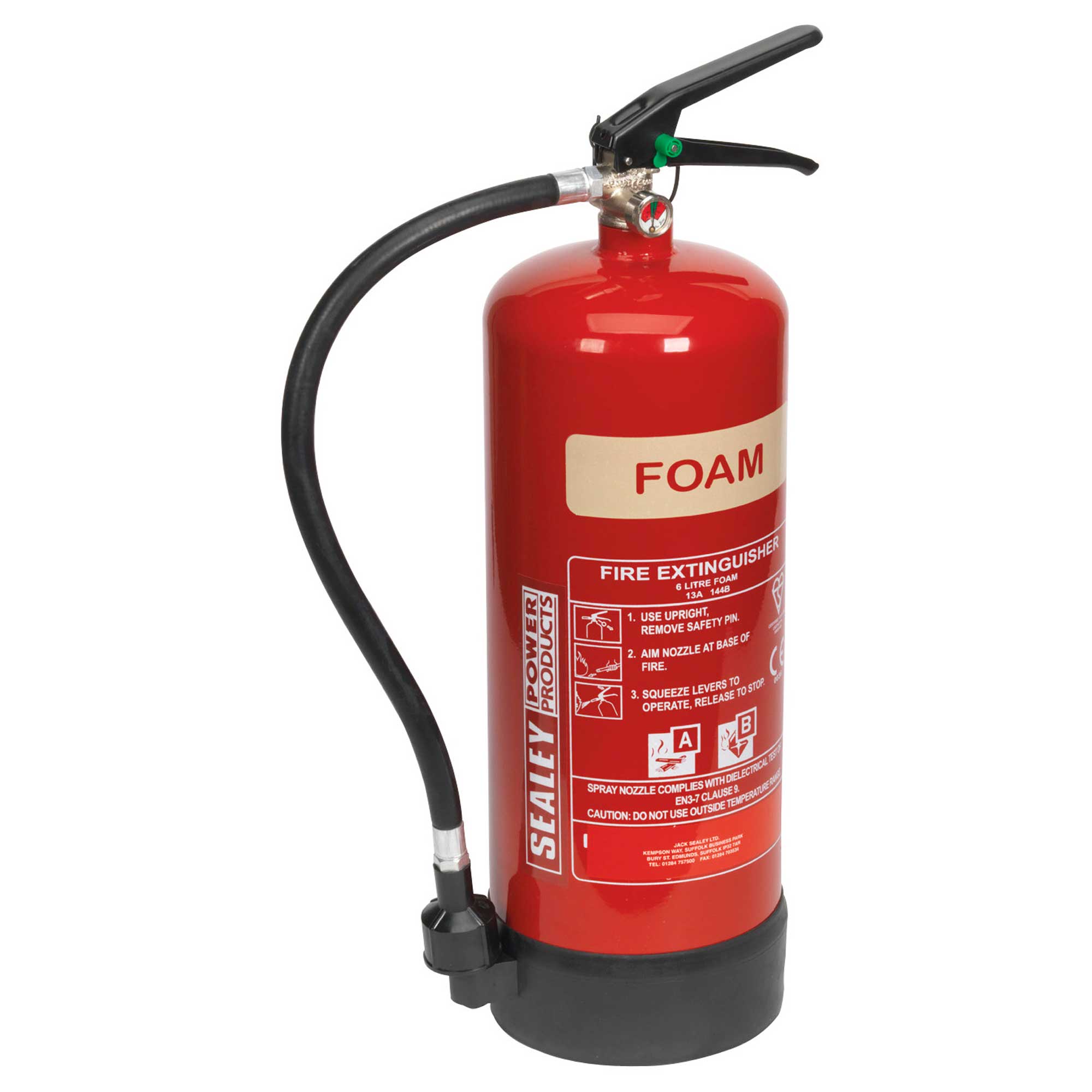
In a land where fire is both a friend and a foe, the compliant fire extinguishers becomes an emblem of assurance, embodying the spirit of readiness and resilience.Įxtinguishment is the final stage in firefighting. It signifies a dedication to safety, an unwavering promise that in the face of fire, there's a reliable defense at hand. This is where the Australian Standard AS 1851:2012 steps in, laying down the blueprint for their care and upkeep.Īs these unassuming yet indispensable devices stand sentry in Australia's diverse spaces, their alignment with the Australian Standard AS 1851 speaks volumes. A fire extinguisher, when appropriately designed and maintained, is the initial line of defense against the unpredictable menace of flames.

From pressure checks to nozzle functionality, compliance with this standard is a testament to an extinguisher's readiness to combat the flames at a moment's notice.įire extinguishers are more than just instruments they're the unsung heroes that stand between potential disaster and safety.

It demands that they are regularly inspected, meticulously cared for, and promptly serviced. The Australian Standard AS 1851:2012 serves as a silent but unwavering guide, ensuring that fire extinguishers remain more than just a mere presence on the wall. They address fires that could occur in a kitchen setting of the workplace.Ĭlass F extinguishers include Powder BE and wet chemicals. CLASS FĬlass F extinguishers manage fires caused by cooking oils and fat based products. The class E extinguishers used for electrical-based fires include Powder ABE and BE, carbon dioxide, and vaporizing liquid. This includes events related to electrical equipment that requires electricity or circuit to operate. CLASS DĬombustible Metals Often used in LaboratoriesĬlass E fire extinguisher stop electrical fires The type of class C extinguishers used for these fires are Powder ABE and BE. These extinguishers could put out the fire before pressure builds and produces further events. Circumstances in which these gases are used to operate machinery could lead to a fire or probable explosion.

In the work environment, this could includeĬlass B extinguishes that address these materials include Powder ABE and BE, and foam. The type of class A extinguishers that fall into this category are Powder ABE, water, foam, and wet chemicalsĬlass B fire extinguisher are used to put out fires that started due to flammable or combustible liquids So, before you buy a fire extinguishers, make sure you know what kind of fire you'll be fighting. There is no single type of fire extinguishers that is 100% effective against all forms of fires. An FCF Fire Technician should come in and provide you the best recommendations for your situation. Keep in mind that the rules varies when it comes to environmental elements and the location of fire extinguisher. AS1851 specifies fire extinguisher service intervals of six months, twelve months, and five years. They can also assist with the Australian Standard for Fire Equipment Servicing Intervals, AS1851. The best individual to help with the design to comply AS2444 requirements is a Fire Service Technician who is also a Fire Certifier.

For this reason, it is essential that Australian businesses have the right type of extinguisher installed in their workplace. The different types of fire extinguisher in Australia are for different types of fire. In Australia there are 6 main fire extinguishers type which can be installed on business premises.


 0 kommentar(er)
0 kommentar(er)
